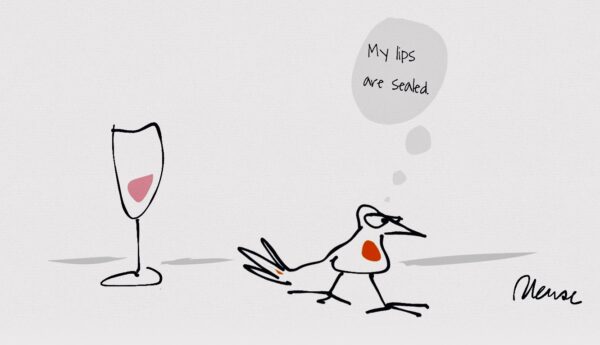
From an evolutionary point of view, a grape is really nothing more than a little seed bundle whose sweet flesh and bright color serve to attract the birds who, ingesting it, subsequently sow said seed far and wide, thereby making more grape vines.
It’s perhaps humbling to think that, to a grape vine, we wine drinkers serve pretty much the same function as birds. What does it matter that we prefer to consume our seed bundles in the attenuated form of wine rather than as fresh fruit? The result is the same. We make more grape vines.
In humans, vines has an even more efficient and determined ally than in birds. In pursuit of the pleasure they give us, we’ve transported vines pretty much everwhere it’s possible for them to thrive. Not only that, but we lovingly look after and nurture them — something birds can’t be bothered to do.
Moreover, winemaking dramatically transforms fruit into something birds aren’t necessarily interested in. Sugars — their main interest — are used up in fermentation, and primary flavors morph into something more nuanced and complex than just fruit juice.
Finished wine may still relay its fruity nativity, but other times its character may be more reminiscent of stems and leaves (the “planty” parts of the vine), of soil, or even of the microorganisms with which vines are in intimate, if unseen, communication. How wine accomplishes all this is still pretty mysterious.
And if the birds know, they aren’t talking.